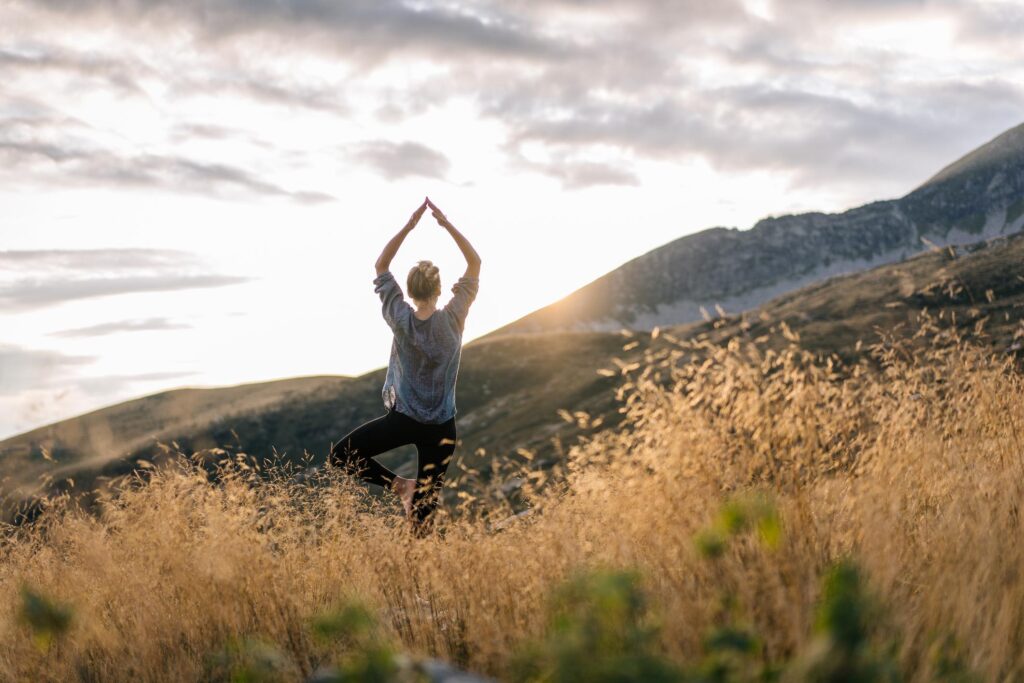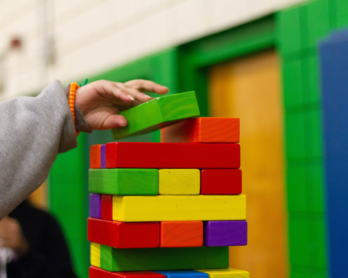As life becomes busier, and people begin to focus on their career and work, there is less free time becoming available. A term that is getting increasingly important in the mental health space is mindfulness. Mindfulness has shown a dramatic increase in popularity in the past few years. It has moved from being a relatively unknown Buddhist tradition founded over 2.000 years ago to a mainstream idea used in psychotherapy research today.

Mindfulness practice usually involves a set of exercises that concentrate an individual’s mind to bring a state of focus on the present moment. This may include paying attention to a specific sound, smell, emotion or thought.
Mindfulness allows us to notice when overwhelming thoughts are taking over and lets us move away from our thoughts. Gradually, we can become more aware that our thoughts are simply mental phenomena, which do not need to define us. This form of awareness helps us notice thoughts leading to stress or anxiety. If you’re interested in using techniques to reduce your daily stress and improve your concentration, you should think about incorporating some time in your day to practice some mindfulness and here is how to do it.
What Is Mindfulness?
But what is mindfulness? Why is it important? How do we become more mindful? These are all commonly asked questions associated with mindfulness. A basic understanding of mindfulness is when we are paying more attention to our own thoughts and feelings, as well as the sensations in the world around you. Gradually, it can change our perspective on ourselves and our lives, and we begin to act mindfully.

Mindfulness does not explicitly eliminate all stress and anxiety from your life; but, by becoming more aware of the negative emotions that we feel during challenging situations, we have a choice in how we respond. We have a better chance of reacting with empathy when faced with such challenges. Practising mindfulness does not mean that we don’t feel anger as an emotion anymore, but it allows us to be more thoughtful in how we want to respond, whether we want to stay calm or channel our anger efficiently.
There are several disciplines that can promote mindfulness, such as yoga, meditation, and tai chi. However, it is an innate quality that human beings possess, but most of us are simply not aware of its usefulness and how to access it. All of us have the capability to pay attention to our ongoing emotional experience, and this capability is something that can be advanced by mindful interventions.
Although we are all capable of being mindful, regular exercises can often feel quite challenging. This is perfectly normal given that even when we try to focus on internal experiences in the present, our thoughts often wander, filling our head with analytical and worrying emotions about the past or future. To be mentally ready to practice meditative techniques, it is crucial to prevent the infinite distractions that regularly wander our mind, to prevent any interference from focusing on the here and now. However, this is easier said than done.
How To Practice Mindfulness
If you are someone who lacks focus throughout the day, practising mindfulness can really help your productivity. Try to replace any judgement you may have about whether it is working or not, with an acknowledgement that you are doing the best you can at that moment. The most crucial aspect is starting. The rest will come with practice. The more you practice mindfulness, the easier it will become to focus attention on what you want, rather than on other thoughts in your mind. Here are some tips on how you can begin to make your day more mindful:
Practice Sitting Meditation
Take 30 minutes out of your daily schedule for a short sitting meditation session. All you need to do is find a quiet space where you can sit and focus on your breathing. Create a space in your house that gives you the ability to zone out and relax. Try devoting this space to meditation only and avoid doing any other tasks here. When you sit down, your mind will realise it is time to relax and practice mindfulness. Although beginners may find it challenging to concentrate initially, the more practice you have, the more you will be able to focus on each breath.
Eliminate Distractions
When working or reading, try to find a quiet location where you can work peacefully. This may be a library, private office space, or even your bedroom. If you get distracted by stress or poor motivation, try to consciously bring your mind back to the task at hand. You can also turn on a relaxing playlist to help you delve into full concentration.
Focus On The Present
Try to stop thinking about events that happened in the past. These events have been and gone, and there is no particular reason to focus on worrying about the past when it is time to be mindful. Stop thinking about the future too. It is not important how much time will pass while you are mindful, focus on the present moment, not where you need to be next.
Get Comfortable

Make sure you are physically comfortable when meditating. It can be a distraction for the mind if your body starts to ache or cramp while you are trying to concentrate on being mindful. Have a comfortable and stable seat or yoga mat. Make sure your clothes aren’t too tight, causing an interference with your circulation.
Eat Mindfully
Try to focus on the meal in hand. Traditional meal settings of sitting around the dinner table are becoming increasingly less common. Distractions like television, computer or conversation mean a lot of people multitask when they are eating.
When your attention is not on the food in hand, you tend to miss out on its taste and smell. You’re less likely to feel nourished and happy because you mentally miss out on the fact you eat. Simply try to focus on the meal when you sit down to eat.
Engage In Prayer
Prayer is one of the oldest practised examples of meditation. Spoken and written prayers are found in most faith traditions. Talk with your spiritual leader or priest about possible sources for prayers or use your own.
Body Scanning
Body Scan Meditation is particularly useful for checking our bodies for physical discomfort that you don’t even notice. By mentally scanning your body from head to toe, you are individually bringing awareness to each body part, making a note of any pains, tension, or discomfort. This knowledge can make it easier for you to address the problems, leading to improved wellness in both body and mind.
Mindful Walking
Mindful walking is a form of conscious movement. Find a quiet space to walk. It may be outdoors, in your garden, or even in a hallway walking back and forth. Walking meditation can be a formal or informal activity. Mindful walking allows us to bring awareness to an established and habituated action that usually requires such little concentration. Paying attention in this way, we can stay safe by remaining aware of our body and surroundings.
Incorporate CBD
For those people who have such busy lives and can’t find the time to practice mindfulness on a consistent basis, there are some CBD products which can complement exercises like meditation. The addition of CBD oil into your mindfulness routine can produce similar effects on the mind to those seen with meditation. This natural supplement is known to interact with the receptors of the complex endocannabinoid system to provide needed relief.
Intaking CBD oil for anxiety can help you relax, reduce stress and anxiety levels, improve focus, mood and energy and access your inner self during workouts. Many yoga participants who use CBD claim to experience better self-tuning and elevation of self-awareness. You can empower your yoga practises with different CBD products such as a CBD vape cartridge for your vape pen, infused herbal tea, water and many others.












